Vermentino: Pala Stellato 2016 – Pairing Rating 9.5 out of 10.0
Grenache: Las Rocas Viñas Viejas Old Vine Garnacha 2013 – Pairing Rating: 9.5
Italian chefs have a fondness for the colors of their flag. Margherita pizza comes to mind as does Caprese Salad (Salad of Capri). With ripe, summer tomatoes available in the coming months, we decided to write this post on the wines that pair best with the Caprese – a simple Italian salad made of sliced fresh mozzarella (best if Bufala), tomatoes, and sweet basil, seasoned with olive oil and salt & pepper (we recommend you lightly salt & pepper each slice of tomato and cheese).
The simplicity simplifies the wine pairing, as the salad’s dominant flavor will be the tomatoes and their acidity. You will want to stay away from big, tannic reds (acid makes the tannins harsh) and oaky chardonnay (not acidic enough) and focus on crisp white wines that will stand up to the acidity of the tomatoes.
Sure, you can pull the corks of a Sauvignon Blanc or a Spanish white from Rueda, but we always like to consider the wines produced near the locale of the salad’s origin. And in thinking about the regional white wines of Italy, if one looks east from Capri, the whites of Campania (namely, Falanghina and Fiano di Avellino) are prime candidates. We have a fondness for Fiano and have written of it in several blog posts.
For this wine pairing, however, we found ourselves looking west from Capri, across the Tyrrhennian sea, to the Vermentinos of Sardinia. Considered to be the most important white variety on the island, especially in Gallura in northern Sardinia, Vermentino produces a white wine that is vibrant and characterful.
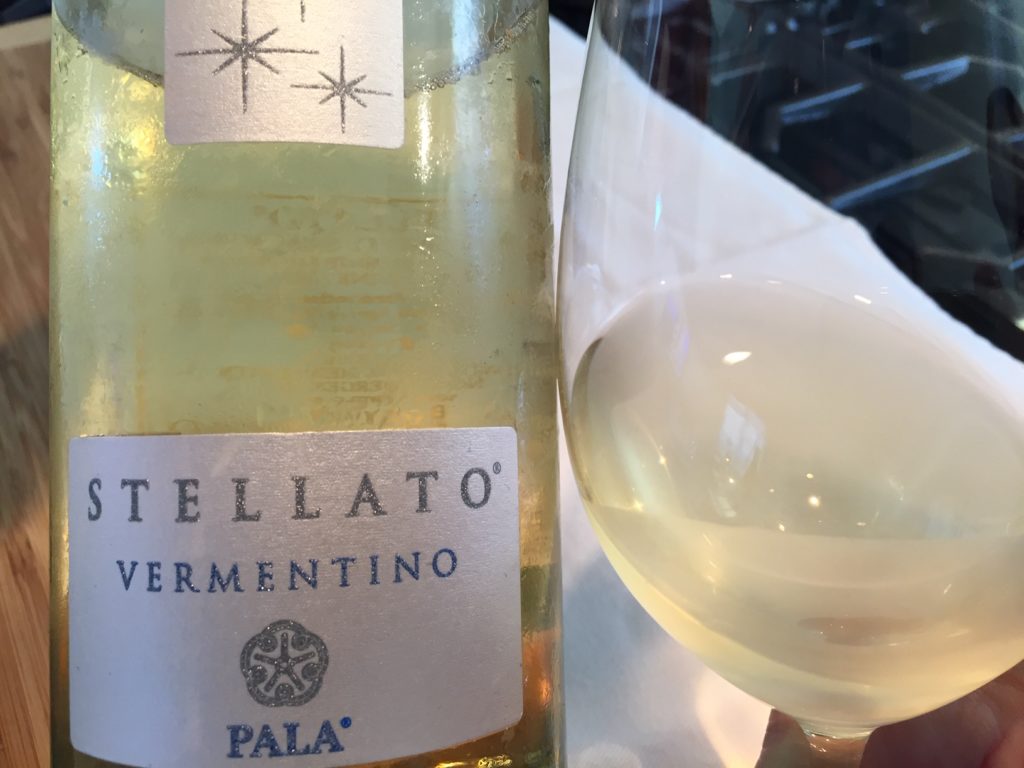
Pala Vermentino Stellato 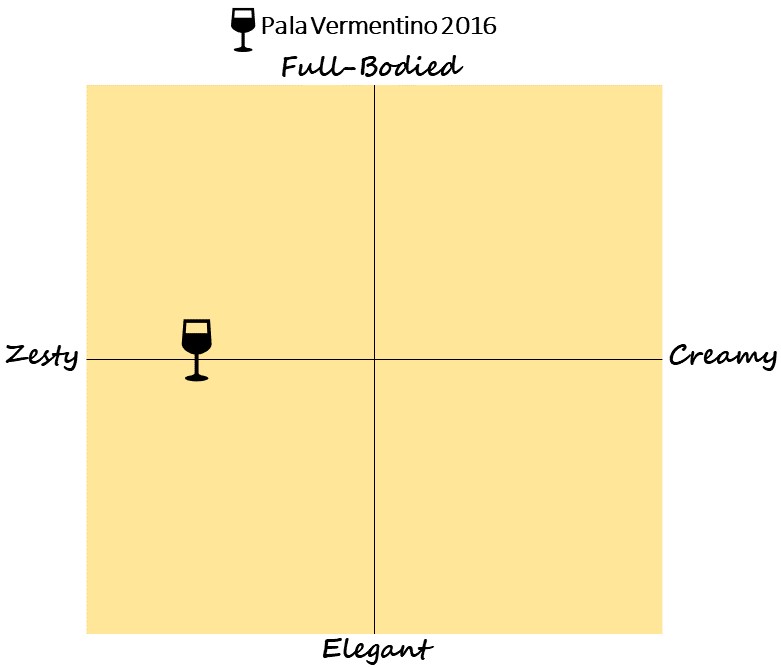
The Vermentinos produced by Argiolas are widely available and are compelling values (ranging from $13 to $21 the 2016 vintage). But our preference is for the Vermentino produced by Pala called Stellato ($27). The nose on this wine is alive with ripe tropical fruits and lemon/lime. From the glass, the wine attacks the palate with tart green apple, spiked with Meyer lemon – clearly enough acid to stand up to the tomatoes. Remarkably, the green apple tartness morphed into a finish of sweeter Fuji apple and tangerine. Beautiful and memorable.
But wait a minuto, Giuseppe, we like balsamic with our Caprese, especially if the salad is a prelude to a grilled steak or braised red meat dish. Not the thin, acidic balsamic found on grocery shelves. Rather, we love the sweeter, thicker Balsamic Crème sold in plastic squeeze bottles. You can make your own, but we found that this brand works beautifully.
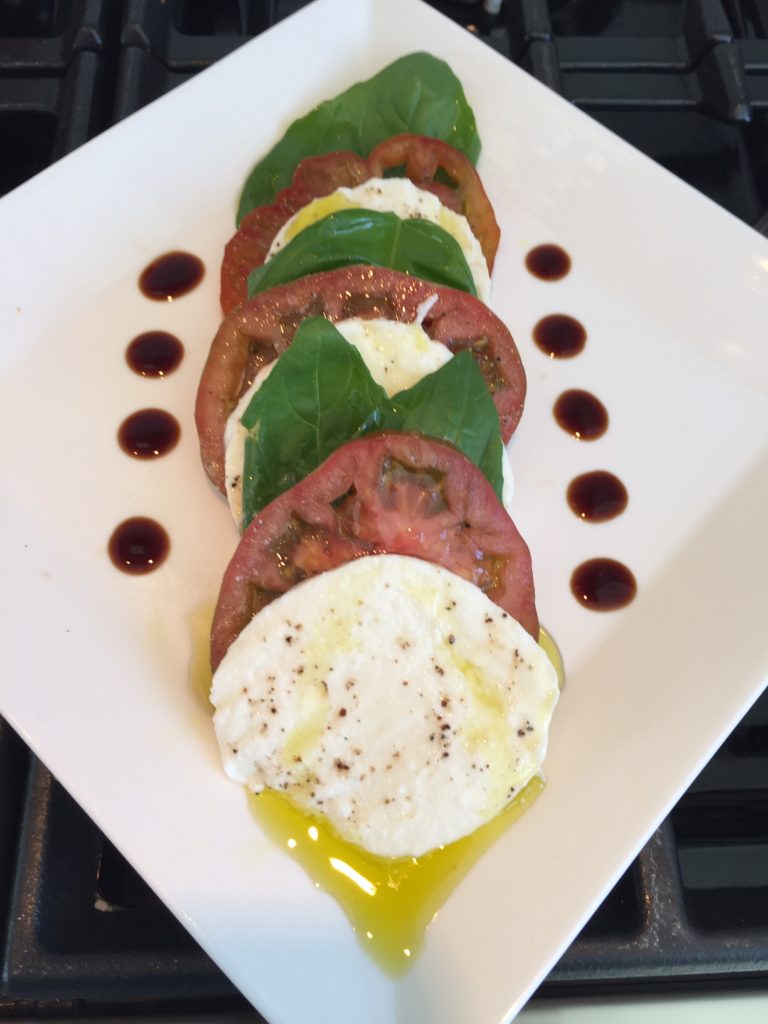
With the balsamic crème, suddenly the wine pairing was not so simple. In fact, the balsamic made it a game-changer. The Caprese became richer, bolder and called out for a red wine pairing. But the search for the right red was more challenging than we envisioned. The difficulty was in finding a wine that would stand up to the acidity of the tomatoes yet sweet enough to match the balsamic crème.
We sampled a 2009 Dolcetto from San Fereolo and found the tannins to be overpowering and better suited for a bolder, tomato-based, pasta dish. A lighter-styled 2014 Morgon Beaujolais from Foillard was bright and had the sweet fruit to complement the balsamic but lacked the body, warmth and richness the balsamic demanded.
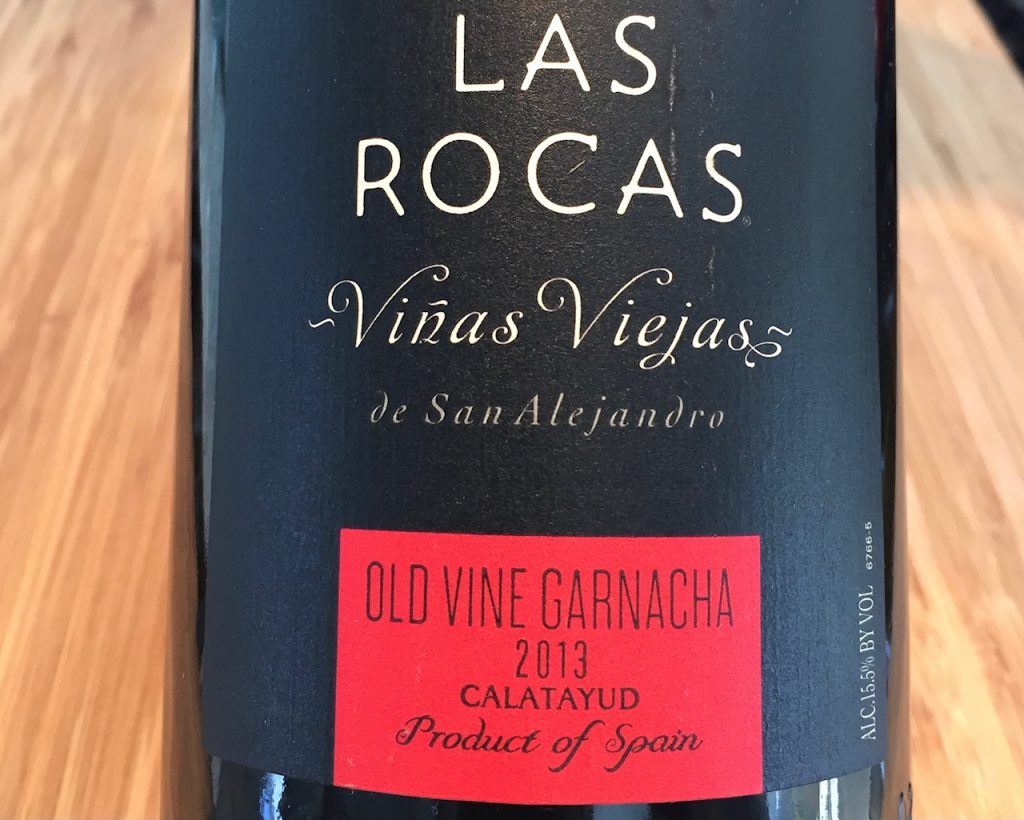
Las Rocas Garnacha Old Vines 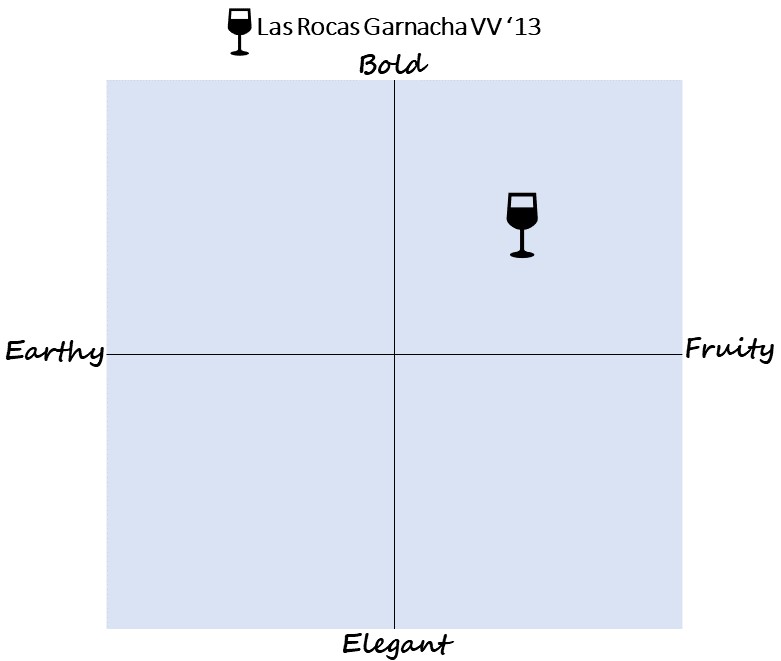
We found the needed combination of medium-plus body, supple tannins and sufficient acidity in the Las Rocas Old Vine Garnacha 2013 ($18). The producer’s notes were spot-on: spicy cranberry bouquet and dark cherry flavors. We liked this wine very much, and while we love this grape grown in southern France (known as Grenache), it is tough to compete with the price point of this Las Rocas from Calatayud, Spain. Pick some up.
In the end, this simple salad was really not so simple when it came to a wine pairing. But we think we have the formula:
Vermentino if you prefer your Caprese without Balsamic
Garnacha if you want a full throttle Caprese experience with Balsamic Creme.
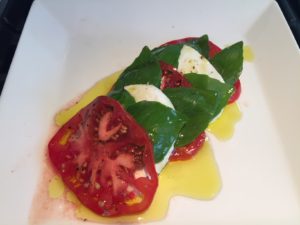
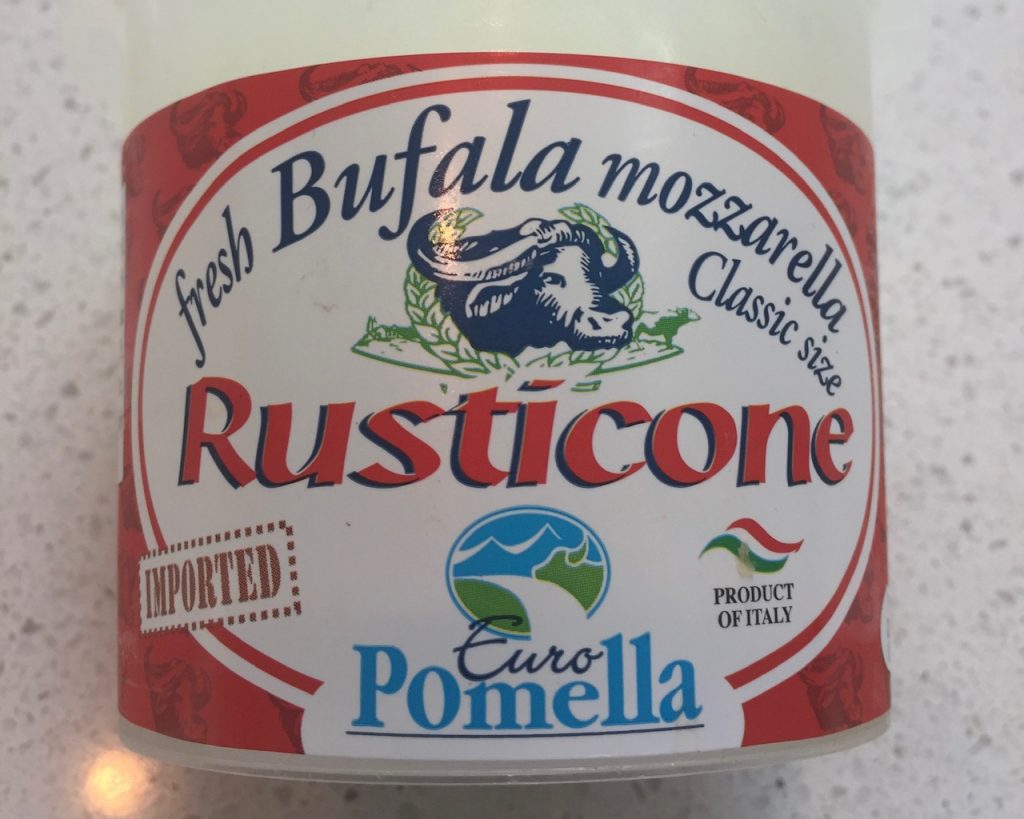
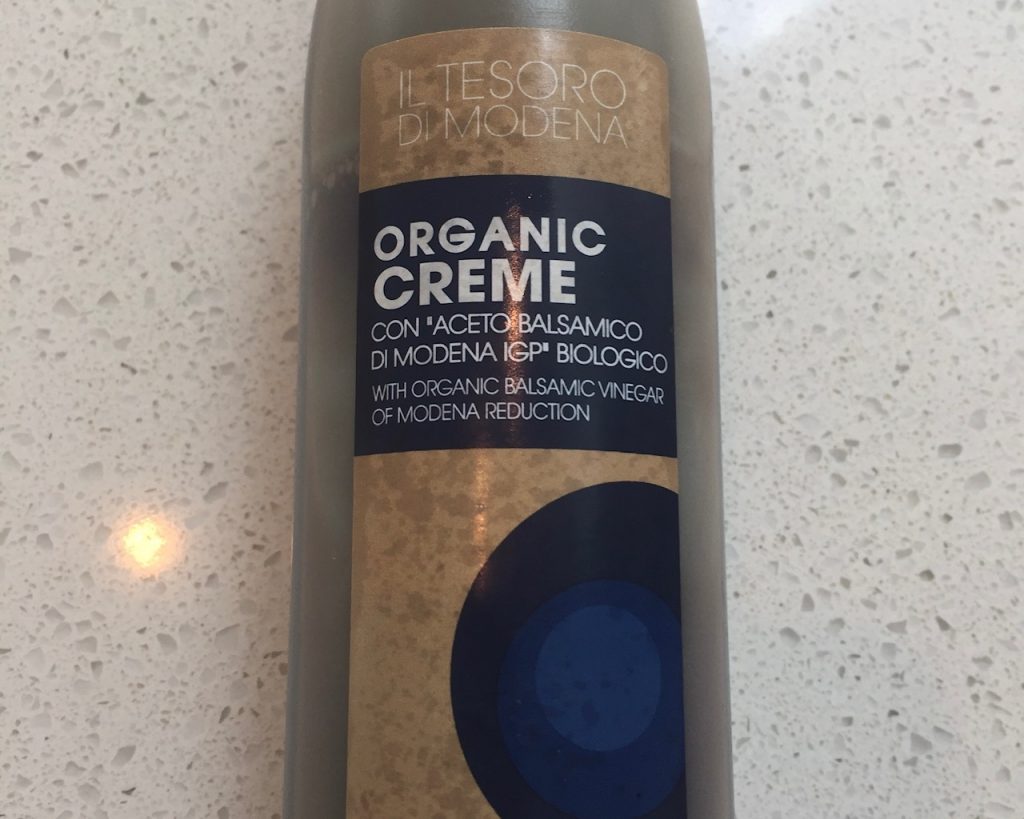
Leave a Comment